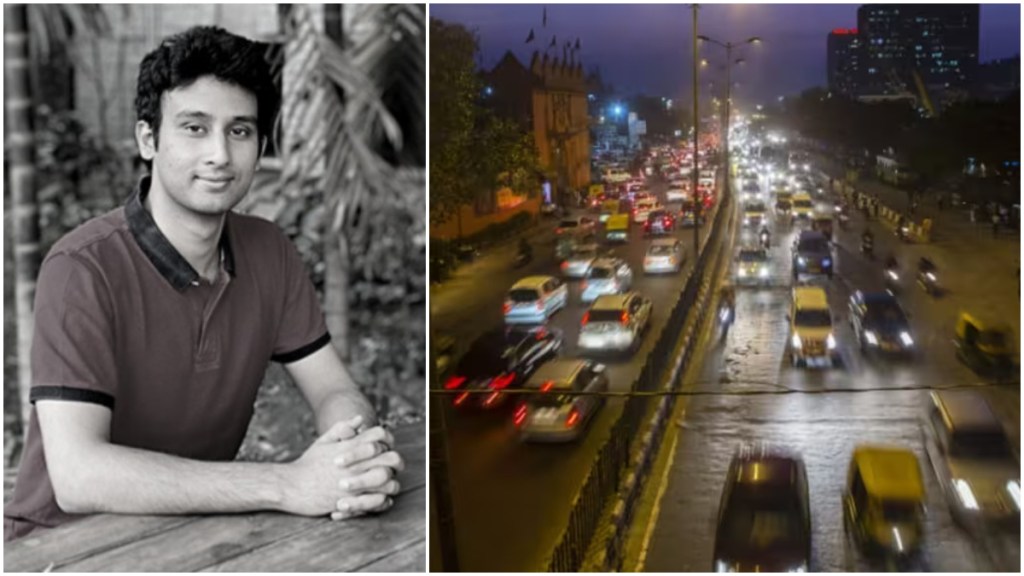By Nihal K Choudyal
The cleantech revolution in India’s mobility landscape presents an opportunity across industries. The automotive sector stands to gain the most traction, with mature technologies like Electric Vehicles (EVs) and the corresponding charging infrastructure are at the forefront. As per data from Vahaan, FY 22-23 saw 11,83,198 EV registrations – the highest we have ever had. Roughly 61.5% of these were of 2 wheelers, which confirms a long-standing assumption that the Indian EV wave will continue to be catalysed by this segment due to price equalisation and lower ticket sizes. The Indian government’s drive towards electric mobility with FAME I and FAME II has certainly catalysed the adoption of EV, despite its recent revision after violations were noticed. Similarly, as per Bureau of Energy Efficiency’s data, a total of 6586 Public Charging Stations (PCS) were operational in the country as on 21st March, 2023, which will only grow exponentially with rise in both commercial and passenger vehicle adoption.
A look at the EV value chain can help us identify where todays innovation occurs and where we need to strengthen. The EV value chain can simplified into four broad categories – upstream, midstream, downstream and enabling. While these categories are not rigid, and many innovations may have impacts that span multiple stages of the value chain, it provides us with a valuable framework to look at the Innovation landscape.
Upstream innovations are primarily concerned with the early stages of production and material sourcing. They focus on the development and improvement of key components and materials that form the foundation of EV technology. Here, we are already seeing advancements in battery technology, use of recycled material and innovative manufacturing processes. Strategic guidelines and interventions like the introduction of the Extended Producer Responsibility (EPR) will enforce OEMs to document, report, and make transparent the entire lifecycle of their products including the battery, therefore enhancing reverse supply chain transparency and accountability and promoting battery recycling. The central governments PLI Scheme for ACC Battery Storage is also an example of the governments push to create localised manufacturing and innovation of lithium-ion batteries.
Innovations in the midstream pertain to the production and assembly of EV components and subsystems, which are crucial for enhancing the performance, range, and efficiency of EVs. Charging infrastructure, electric drive systems and technologies that help extend range fall under this category. Particularly, cost-effective storage solutions are needed to boost market adoption of EVs. Today’s challenges in mid-stream innovations include cost constraints, Supply Chain Complexities, a lack of standardisation and technological maturity. Key interventions in these areas by all stakeholders is necessary to circumvent these challenges.
Downstream innovations focus on the user experience, deployment, and integration of electric vehicles into existing systems. They encompass features and technologies that directly affect the end-users and their interaction with the vehicles. We will see more and more innovation in areas such as autonomous driving, advanced driver assistance, and vehicle-to-grid integration for efficient energy use. Smart charging solutions will help optimize the charging process, while connected car technologies provide real-time information and services to end consumers, fleet managers, and even OEMs for maintenance & R&D. Subscription-based models and ride-sharing services are also likely to grow thereby offering flexible transportation options.
Enabling innovations are not directly tied to the physical components of EVs, but they play a critical role in supporting and facilitating the growth of the EV industry. Regulatory and policy innovations are necessary to create a conducive environment for EV adoption, while collaborative ecosystems involve partnerships and networks that bring together various stakeholders to drive collective progress in the EV sector. One such key priority will likely have to be made with EV upskilling. It will be essential to equip the workforce with expertise in electric vehicle technology to enable maintenance, technological prowess, safety and better customer engagement. Policies like last month’s PM-eBus Sewa scheme – a $7 billion plan for electric buses in nearly 170 cities – will also go a far way in bring the electrification revolution closer home to tier II, tier III and more.
While India’s EV revolution is spearheading the clean tech efforts in mobility today, there are a number of opportunities outside of the Automotive industry that we are seeing rapid innovation in as well. The infrastructure and energy industry find themselves poised to develop an extensive network of charging stations and renewable energy solutions, thus solidifying India’s position in the global clean energy market. In urban planning and public transportation, opportunities abound to revolutionize the way cities move, from electric buses and trams to smart parking solutions and data-driven traffic optimization. Moreover, technology and service providers have a vital role in the development of Mobility-as-a-Service (MaaS) platforms, influencing how people access and utilize transportation. Collectively, these opportunities form the future of mobility in India.
The
The author of this piece is a Senior Program Manager, IIMB NSRCEL
(Disclaimer: Views expressed are personal and do not reflect the official position or policy of Financial Express Online. Reproducing this content without permission is prohibited.)


















